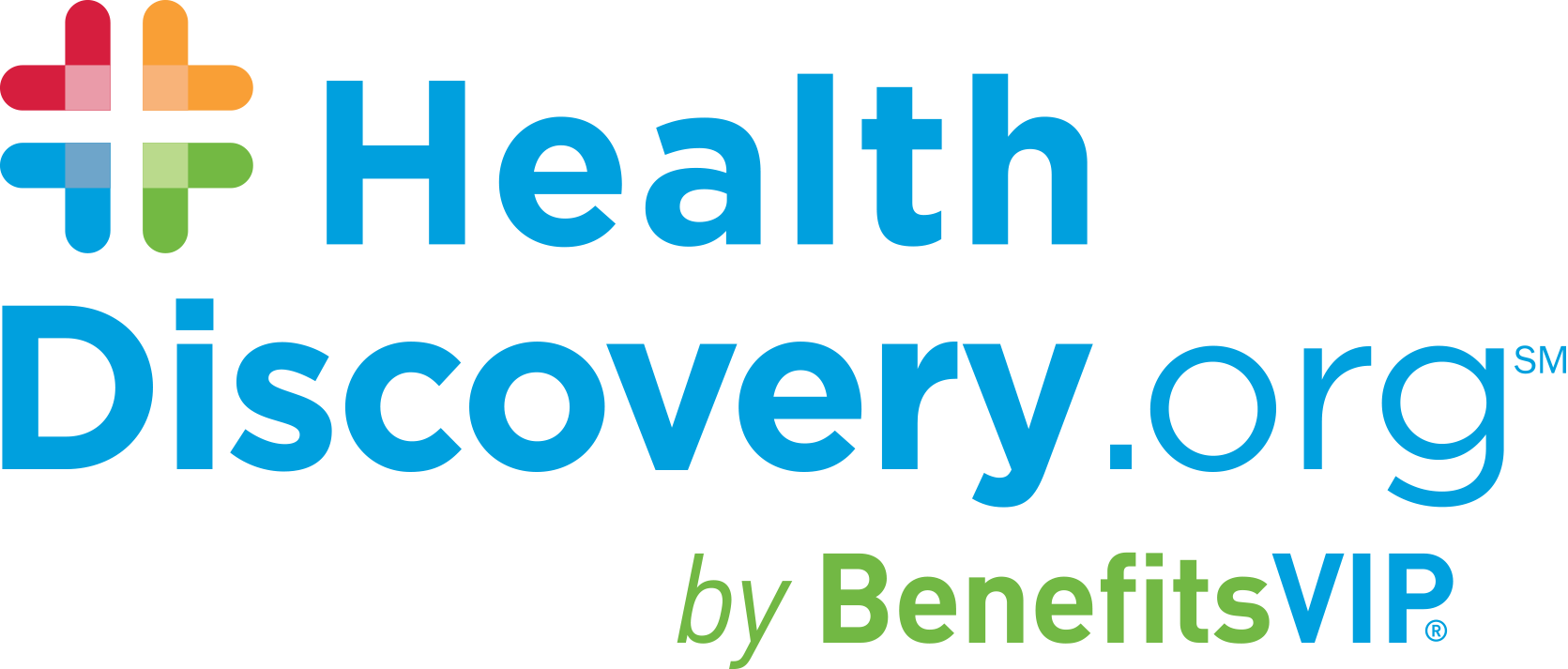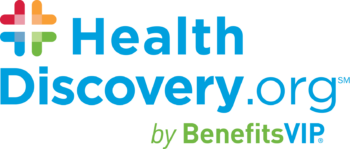We often recognize wellness when we see or feel it, but wellness can be hard to define. It is different for everyone and involves many components. Wellness refers to holistic wellbeing, which includes physical health, but also encompasses mental, social, emotional, and spiritual dimensions. The pursuit of wellness is an active process and there’s always room for improvement! Here, we help you get started with a personal wellness plan.1
Many employers offer wellness programs as part of their benefit package, including possible incentives, wellness resources, reminders and tips, and the opportunity to do it as a team. Even if your employer doesn’t offer a wellness program, you can grab some friends or colleagues and put one together yourself!
Starting S.M.A.R.T.
While wellness doesn’t have a destination, a wellness plan needs goals and objectives to work towards, part of that active pursuit of wellness. Crafting effective, meaningful goals is important for recognizing your progress and sticking with it.
One method is to use S.M.A.R.T. goals, meaning:
- Specific
- Measurable
- Achievable
- Relevant
- Time-bound
This method keeps perspective on why you’re pursuing these changes and puts it within reach. “Losing weight” or “reading more books” are vague goals, and frankly easier to fudge. The S.M.A.R.T. method keeps you accountable and committed to impactful change. The language of the goal also matters. Researchers found that participants who set goals to “do” a behavior succeeded more often than those who set “avoid” goals.2
Any doctor will tell you that one of the biggest – and quickest – health returns is to quit smoking. Easier said than done for many long-time smokers, but the health benefits are far-reaching and improve more than just your lungs. Within weeks of your last cigarette, blood pressure drops, circulation and lung function improve, and breathing becomes easier. Within years, heart attack risk and the risks of many cancers drop as well.3 Quitting is also an essential part of managing some chronic conditions, like chronic obstructive pulmonary disease (COPD) and improves dental hygiene.
Step 1 for any wellness plan should be to reduce or quit smoking.
Nutrition Mission
Whether part of a weight loss goal, managing a chronic condition or working toward feeling healthier and improved mood, what you eat impacts all areas of wellness and should be considered for your personal plan. While we often think of “dieting” as eating less or living off ice water and celery, diet is also about making wise choices, not just restricting calories.
We all know what we should be eating: smaller portions, more colorful fruits and vegetables, less processed foods. Harvard’s School of Public Health recommends focusing on diet quality, “because some sources of carbohydrate—like vegetables (other than potatoes), fruits, whole grains, and beans—are healthier than others.” Similarly, whole grains, like brown rice and oats, are healthier than refined grains like white bread.4
Nutrition-based wellness goals begin with the grocery store. One study found that meal planning was associated with a healthier diet and less obesity.5 Plus, you can’t give in to that TV dinner or sugary soda if it’s not in your kitchen. Be realistic about your tastes and cooking ability and introduce unfamiliar ingredients slowly.
As with many parts of a personal wellness plan, small changes can make a difference, and often lead to larger ones.
Committing to exercise can be intimidating, especially if you are new or have taken off the last couple months… or years. However, the good news is that any exercise has benefit. If you’re not training for a marathon, or even a 5K, just 10 minutes a day has a positive effect on weight.6 Exercise’s benefits on focus and concentration were even more pronounced with a morning routine.7
There’s no need to go it alone either. Plenty of exercise apps and websites allow you to form a team of friends (or rivals) and compete and encourage each other. Many charity walks have also turned to virtual formats with participants tracking distance individually and sharing pictures digitally.
In the Mood to Move
Physical activity of all kinds has clinically proven benefits on mental health, including improvements in stress, anxiety, depression and sleep.8 Some psychologists are seeing successful outcomes in prescribing exercise as part of treatment for conditions like depression.9
While sitting quietly and breathing deeply may not seem valuable, meditation is a simple and free option for your wellness plan that has demonstrated benefits on stress and mood. There are many apps and videos that offer guided meditations, but all you really need is a quiet setting to get started. Deep breathing, prayer, or even walking in a park can also achieve desired effects.10
Incentive Advice
Sure, wellness is its own reward… but some chocolate or wine doesn’t hurt either! Our brains are wired to respond to short-term rewards over long-term investment, so psychologists recommend intentional rewards to help new changes stick. These should be out of the ordinary and beyond that of any habit we are trying to break.11
Maybe an incentive to get more sleep means enjoying a short bath before heading to bed earlier instead of doomscrolling social media. This turns a negative restriction (earlier bedtime) into a positive association (pleasant bath time). Pairing your changes with positive rewards will help you stick to your personal wellness plan.
Getting Started
This list is far from exhaustive, but offers a head start toward preparing your own. Each aspect of the wellness plan feeds the others. Exercise boosts energy and mood. Studies have shown that positive social activities like volunteering have mental and physical health benefits as well.12 Consider positive social and spiritual aspirations for your plan as well. Reflect on what is important to you and prioritize those activities. Any wellness plan should also include preventive care, health screenings, and vaccinations as needed.
Let’s get started. What’s the first S.M.A.R.T. goal on your wellness plan?
1 Global Wellness Institute, “What Is Wellness?”
2 PLOS ONE, “A large-scale experiment on New Year’s resolutions: Approach-oriented goals are more successful than avoidance-oriented goals”
3 American Cancer Society, “Health Benefits of Quitting Smoking Over Time”
4 Harvard School of Public Health, “Healthy Eating Plate”
5 International Journal of Behavioral Nutrition and Physical Activity, “Meal planning is associated with food variety, diet quality and body weight status in a large sample of French adults”
6 University of Utah, “Move It and Lose It: Every ‘Brisk’ Minute Counts”
7 British Journal of Sports Medicine, “Distinct effects of acute exercise and breaks in sitting on working memory and executive function in older adults: a three-arm, randomised cross-over trial to evaluate the effects of exercise with and without breaks in sitting on cognition”
8 The Primary Care Companion to the Journal of Clinical Psychiatry, “Exercise for Mental Health”
9 Monitor on Psychology, “The exercise effect”
10 Mayo Clinic, “Meditation: A simple, fast way to reduce stress”
11 Psychology Today, “3 Simple Hacks for Building Healthy Habits”
12 American Journal of Preventative Medicine, “Volunteering and Subsequent Health and Well-Being in Older Adults: An Outcome-Wide Longitudinal Approach”
MORE RESOURCES
Quarantine 15: Pandemic Binge Eating













